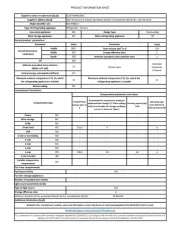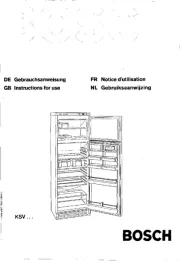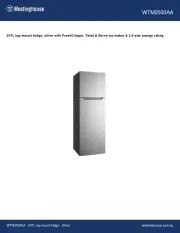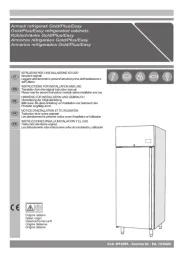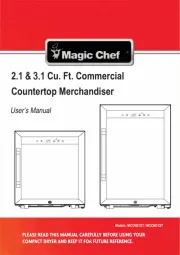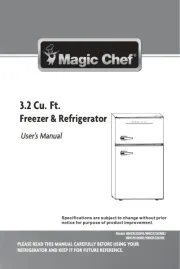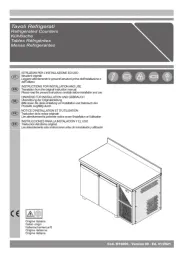Hoshizaki PT1A-FG-FG Manual
Læs gratis den danske manual til Hoshizaki PT1A-FG-FG (48 sider) i kategorien Køleskab. Denne vejledning er vurderet som hjælpsom af 15 personer og har en gennemsnitlig bedømmelse på 4.3 stjerner ud af 8 anmeldelser.
Har du et spørgsmål om Hoshizaki PT1A-FG-FG, eller vil du spørge andre brugere om produktet?

Produkt Specifikationer
| Mærke: | Hoshizaki |
| Kategori: | Køleskab |
| Model: | PT1A-FG-FG |
Har du brug for hjælp?
Hvis du har brug for hjælp til Hoshizaki PT1A-FG-FG stil et spørgsmål nedenfor, og andre brugere vil svare dig
Køleskab Hoshizaki Manualer
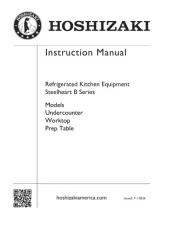
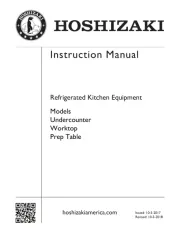
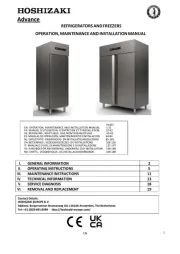

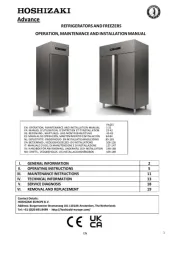

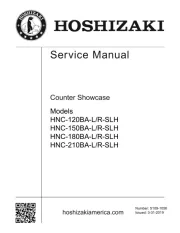
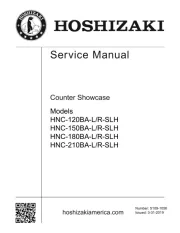
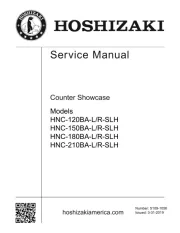
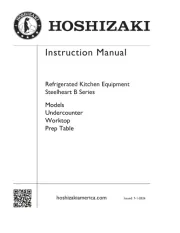
Køleskab Manualer
- Traulsen
- Vedette
- Bertazzoni
- Koenic
- G3 Ferrari
- Fisher & Paykel
- Gourmia
- Scancool
- Follett
- Sunny
- Vestfrost
- Lec
- Finlux
- IFB
- Silverline
Nyeste Køleskab Manualer
